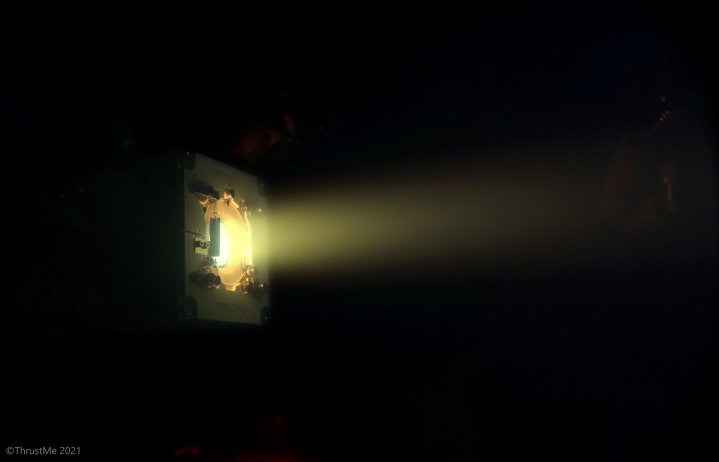

One of the contributing factors to the ever-increasing problem of space debris is the rising number of small satellites being launched. When these satellites fail or are no longer needed, they are often left to float in their orbits, clogging up the space around our planet with potentially dangerous junk.
Some proposed solutions to this problem include schemes to capture and dispose of debris. But another approach is to create less debris in the future, by equipping satellites with technology so they can be destroyed when no longer needed. The European Space Agency (ESA) recently reported that an iodine thruster system has been used for the first time to do just that: Adjusting the orbit of a small satellite.
The idea is that when a satellite reaches the end of its life, it can self-destruct by using a thruster to change its orbit so it falls into the atmosphere and burns up. With the satellite burnt up, it wouldn’t leave debris in its old orbit.
The thruster technology is developed by a French company called ThrustMe, and is unusual in its use of iodine as a propellant. Iodine is cheaper than other propellants and is also non-toxic and stable, which makes it easier and simpler to work with. “When heated, it turns to gas without going through a liquid phase, which makes it ideal for a simple propulsion system,” ESA explains. “It is also denser than traditional propellants, so it occupies smaller volumes onboard the satellite.”
The first satellite to be moved using this iodine propulsion method was a telecommunications nanosat called SpaceTy Beihangkongshi-1. It was launched in November 2020 on a CZ-6 Long March 6 rocket from Taiyuan, China. To see whether the propellant system would work, it was test-fired earlier this month. With everything looking good, it was then used to actually move the orbit of the satellite.
In the future, similar systems could be attached to small satellites relatively cheaply, allowing them to self-destruct when no longer required and thus reducing space debris.



